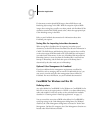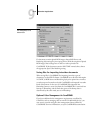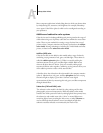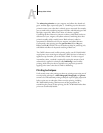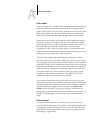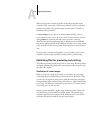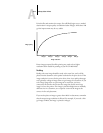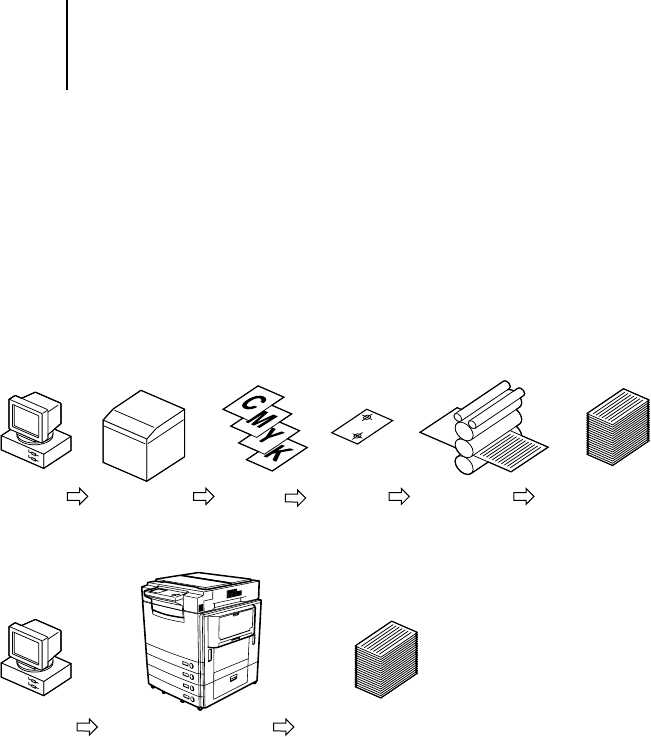
A
A-5 Desktop Color Primer
In contemporary offset lithographic printing, digital files from desktop
computers are output to an imagesetter, which creates film separations. The
film is used to make a prepress proof, which is an accurate predictor of the
final print job and allows you to make corrections before going to press. Once
the proof is approved, the printer makes plates from the film and runs the
print job on the press.
With a iR C2100/2100S, you simply print the file. The iR C2100/2100S
processes the PostScript information in the file and sends four bitmaps (one
each for cyan, magenta, yellow, and black) to the print engine. The ease of
iR C2100/2100S printing makes possible experimentation that would be too
costly on press, allowing unlimited fine-tuning of color and design elements.
Halftone and continuous tone devices
Halftoning is used in offset printing to print each process color at a different
intensity, allowing millions of different colors to be reproduced using only
the four process colors. Depending on the required intensity of a given color,
toner is placed on paper in dots of different size. The grid of dots used for
each toner color is called a screen. Halftone screens are aligned to unique
angles designed to eliminate interference patterns called moiré that can arise
with halftoning.
Some color print devices are commonly referred to as continuous tone (or
“contone”) devices. They do not use traditional halftone screen patterns and
angles. Contone devices are capable of varying the intensity of individual
dots.
Imagesetter Film Proof PressDesktop Print run
computer
Desktop
computer
Print device Color prints




